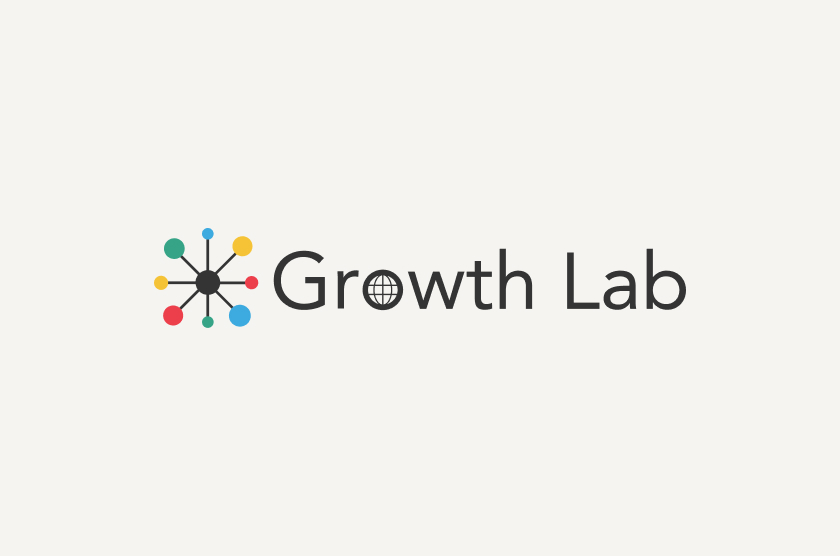Economic Growth and Governance for Venezuela
Research initiative launched in 2015 to better understand the causes, magnitudes, and possible remedies of the Venezuelan crisis.
Venezuela is currently undergoing the worst economic crisis in its history. By the end of 2016, more than 30% of the gross domestic product (GDP) that it had three years ago will be lost. Poverty has soared to record levels. Monthly inflation rates are gradually approaching hyperinflation. Shortages of basic food staples and medicines are rampant. A three-tier exchange rate system prevails, with black market rates surpassing the lowest official rate by a factor of one hundred.
After more than a decade of massive expropriations and state control, the small, surviving, private industrial apparatus is nearly paralyzed, trapped in a web of regulations, without access to foreign currency to purchase parts or raw materials, and its operations are technologically obsolete.
To promote a deeper understanding of the causes, magnitudes, and potential remedies of the crisis, the Center for International Development (CID) at Harvard University launched a research initiative on Venezuela at the end of 2015. One of the major problems in trying to make sense of Venezuela is that the estimation and publication of official statistics has deteriorated significantly, to the point of becoming highly irregular, when not plainly discontinued or suspended.
More About this Project
Key statistical series, such as the consolidated fiscal balance of the public sector, were last published in 2011. The consumer price index is published with significant lags, and the weights used to calculate inflation have been manipulated repeatedly, making it hard to compare with previous estimates. Balance of payments statistics are lagging a full year, and do not have the customary details disclosed. The National Household Survey, a key instrument to estimate poverty, has not been published since mid-2014.
To shed light on these areas, we have assembled a multidisciplinary team, including professors Ricardo Hausmann and Dan Levy from Harvard University, Roberto Rigobon from MIT, as well as CID Research Fellows Miguel Angel Santos, Douglas Barrios, José Ramón Morales, Alfredo Guerra, and Program Assistant Frank Muci. As with every research project, it must build on the findings and advances of previous works. Accordingly, we have assembled a team of Venezuelan specialists with a proven record of professional and academic expertise in their respective areas of interest. They come from multilateral organizations, think-tanks, and the academy.
The group has also benefited from the advice of distinguished scholars Larry Summers, Dani Rodrik, Olivier Blanchard, Carmen Reinhart, Kenneth Rogoff, Eric Bergloff, and Andres Velasco.
We have identified six priority areas and developed research reports on all of them. Our focus was centered on gathering all publicly available information and preparing a comprehensive diagnosis that can, in turn, help policymakers in understanding the crisis from different angles:
- Social Policy
An analysis of the current state of poverty in Venezuela, the coverage of different social programs set up by the current administration (Misiones), outlining a framework for a cash-transfer program aimed at addressing the humanitarian crisis and providing a minimum support for vulnerable households. - Fiscal Policy
We gathered all publicly available official statistics and reconstructed the fiscal series that have not been published from 2011 onwards, not only for the Central Government and PDVSA, but also for para-fiscal entities that escape all formal mechanisms of accountability, such as the National Development Fund (FONDEN) and the Joint-Venezuela-China Fund (FCCV). - Oil Industry
An analysis of the issues affecting the cash flow of PDVSA, in particular the effects of macroeconomic and fiscal variables on both revenues and costs, as well as some of the operational challenges facing the industry, and mentions areas for further research. - Banking System
Leveraging on the expertise of the group on banking, we developed a report analyzing the situation of the financial system: the challenging context in Venezuela, given the myriad of regulations that are in place; the result of these regulations in terms of balance sheet for public and private institutions; and the vulnerabilities that have been built into the financial system. - Private Sector Development
An analysis of the current business environment in Venezuela, identifying the most binding microeconomic issues hindering investment, and outlining some relevant elements related to these constraints as grouped in three categories: institutions, the functioning of markets, and infrastructure. - Food Prices and Implicit Exchange Rates
An analysis of the evolution of prices for staple goods as a proxy measure for inflation and as an alternative mechanism to estimate implicit exchange rates. Additionally, this work may be informative on the distributive effects of policy measures such as exchange rate unification and price liberalization. Lastly, this work may also inform the design and scale of emergency social programs.

Related Research
Venezuela
Podcast Interviews
Videos
Development Talks / Interviews

Tools
Atlas of Economic Complexity
Explore Venezuela’s Country Profile
News and Blog Posts
Related Media







